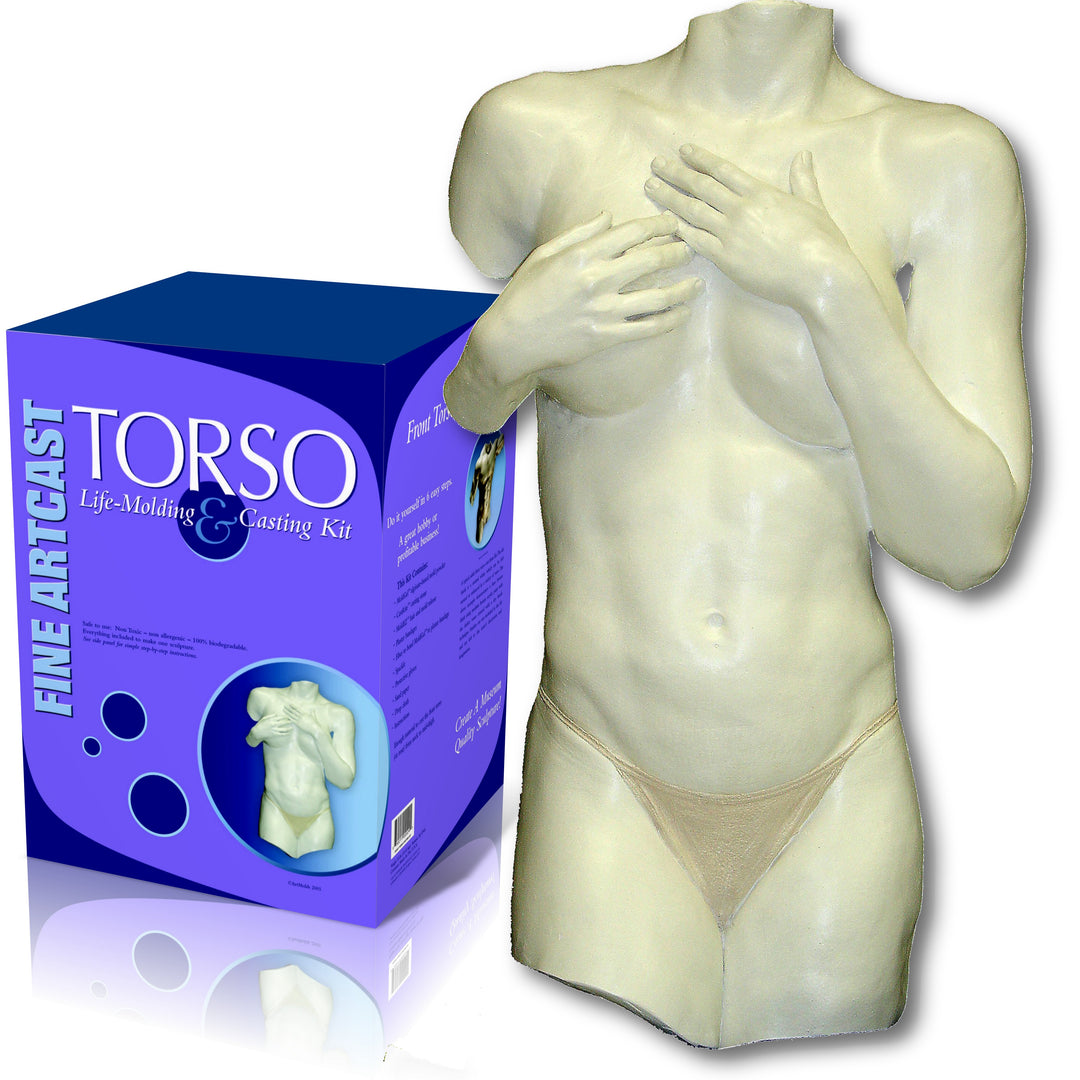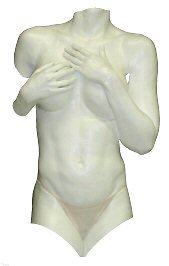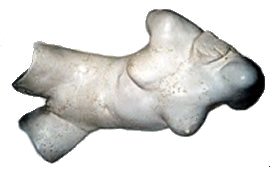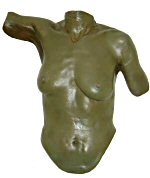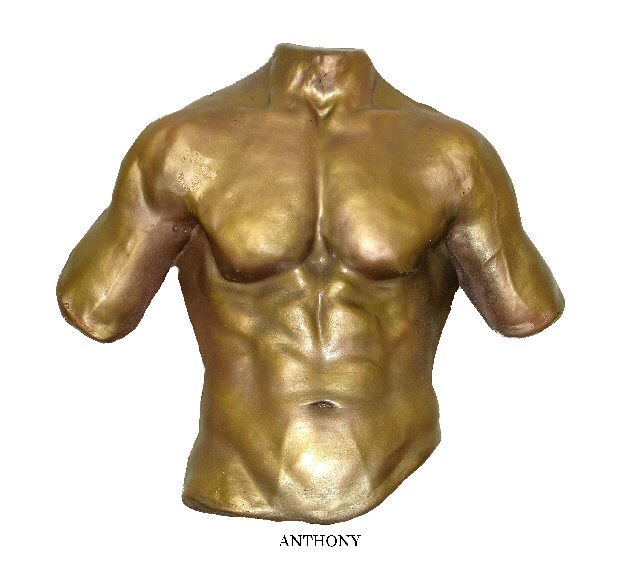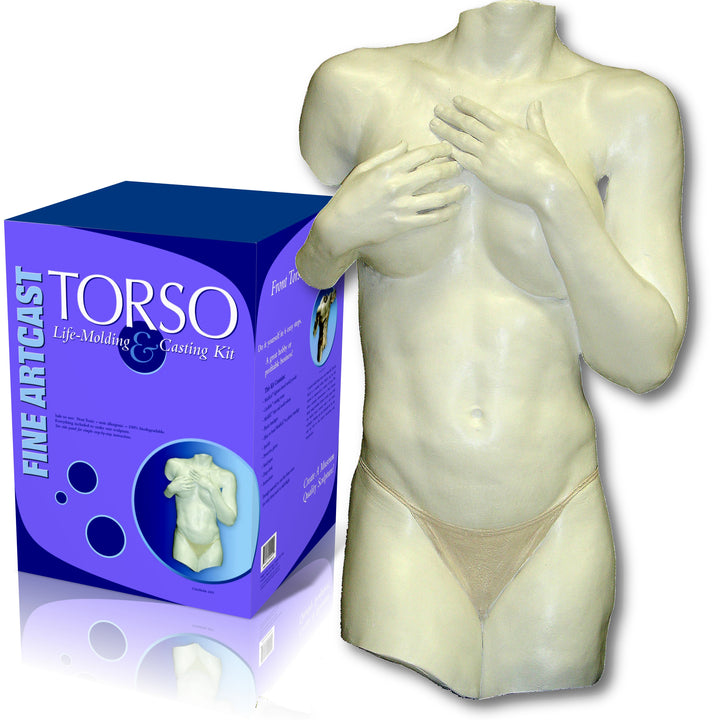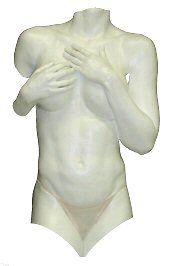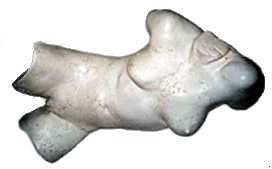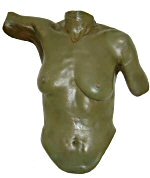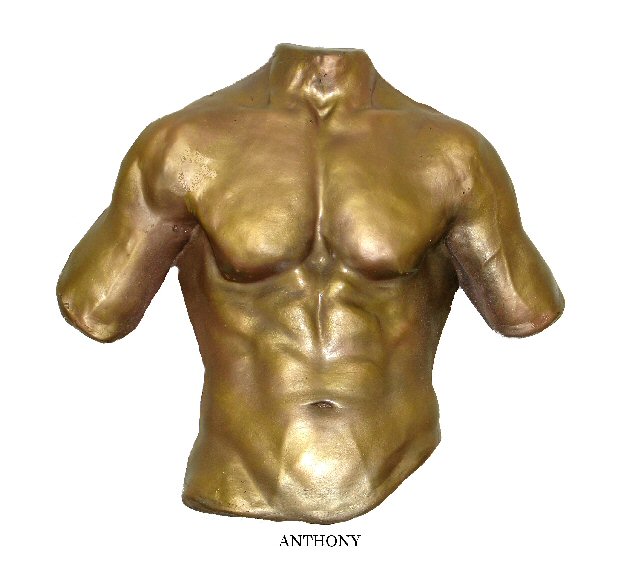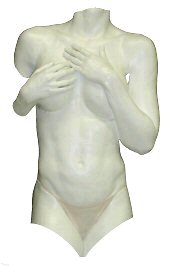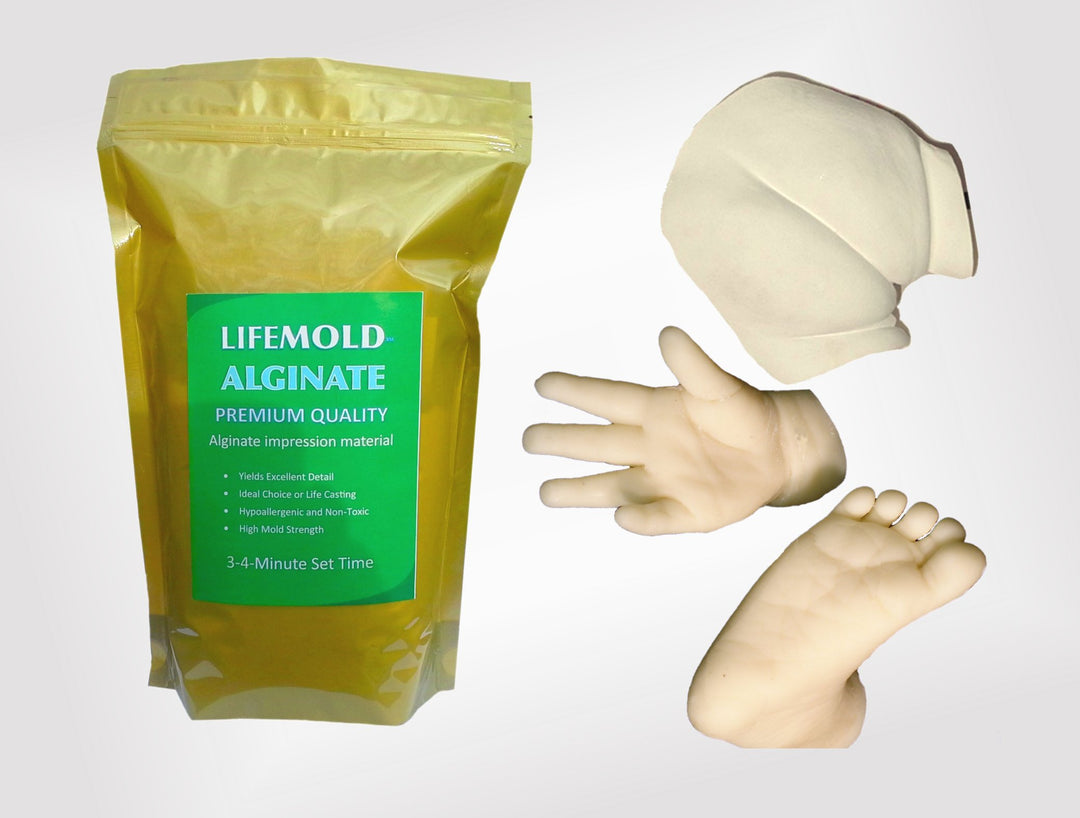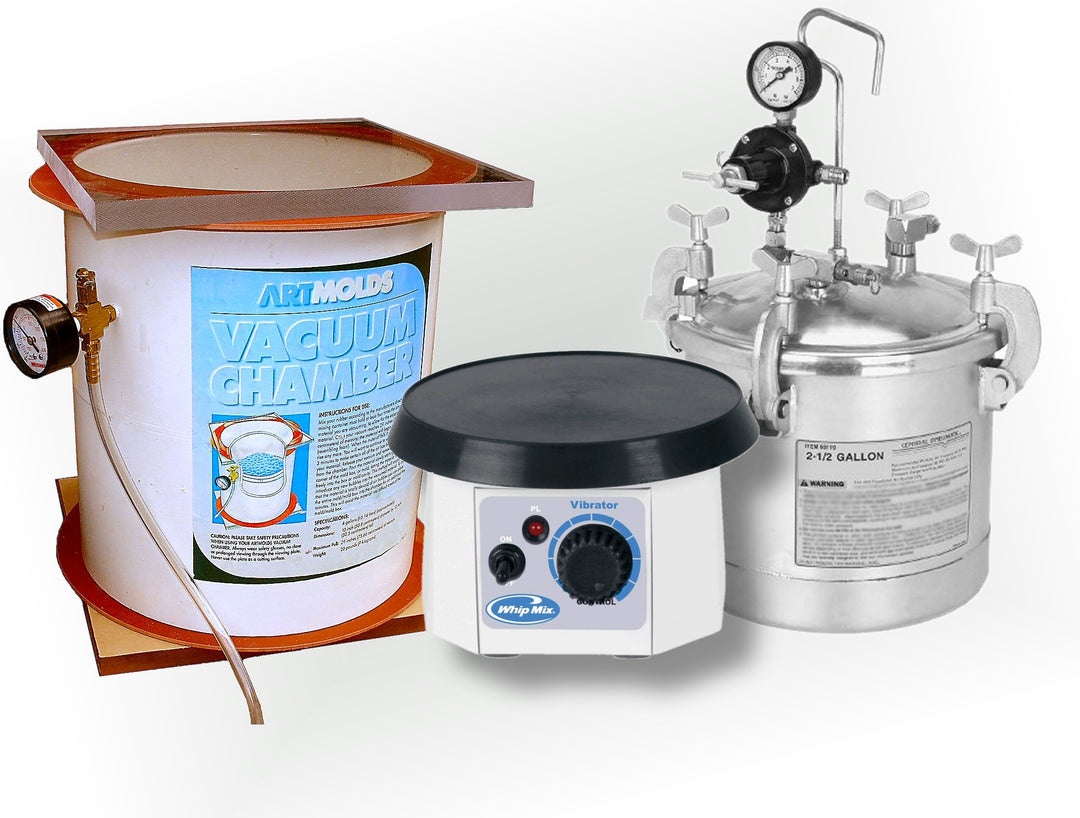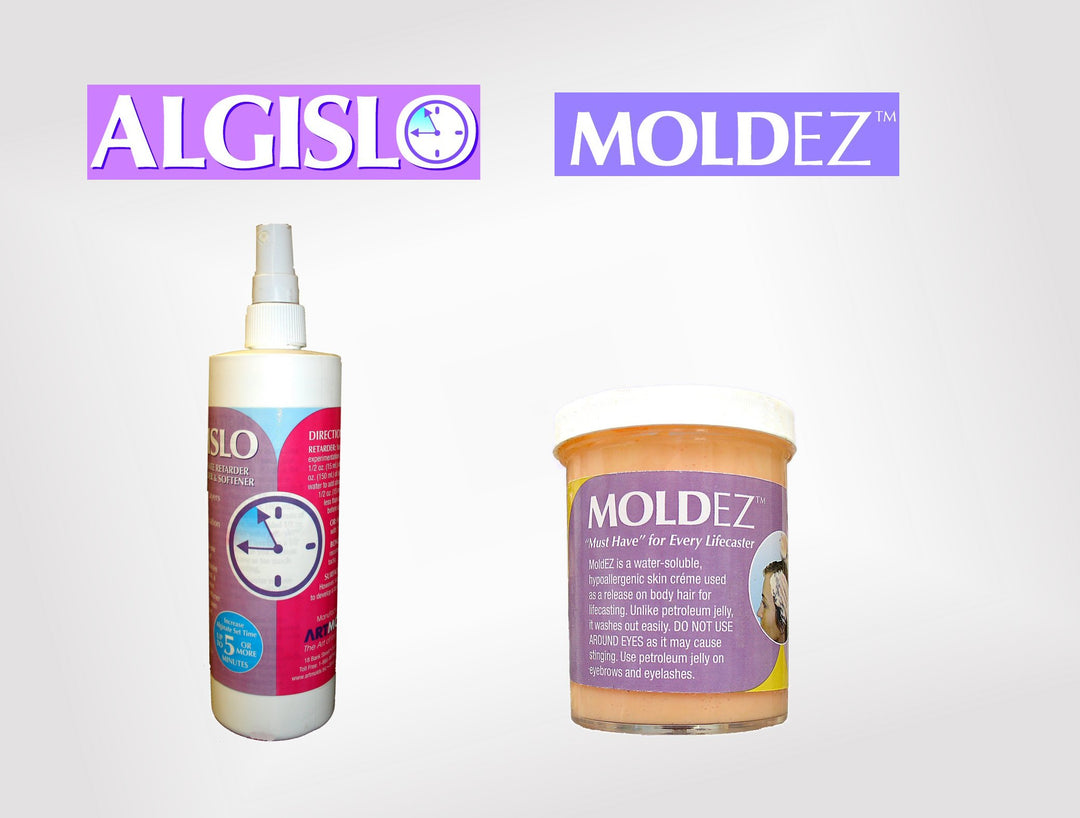Front Torso Casting Kit
KM101030R
Though larger than a face or head, casting the front torso is easier than it seems. Even an beginner will capture the model's torso without little difficulty.
Though larger than a face or head, casting the front torso is easier than it seems. Because of the broader surfaces and fewer undercuts even an inexperienced life caster will capture the model's torso without much difficulty the first time using the ArtMolds' Front Torso Casting Kit. Front Torso Lifecasting Examples The secret is in the pose. ArtMolds' body casts are usually done with the model standing and leaning against a board which has been propped up against a wall. This gives the model support while still being able to capture muscle tone and the falling of the breasts the way gravity actually works on them.
To see the example of how the Front Torso Casting Kit was used on a TV show for a live casting demonstration click here on the ArtMolds Life Casting Torso Casting Kit.
One of the reasons for its ease of use is that the Front Torso Casting Kit contains a comprehensive manual that includes instruction to construct such a model fixture. Using such a support will provide the most realistic body casts. The other reason is that our kit contains the materials to incorporate the latest methods for making an exceptional torso cast. You can count on the staff at ArtMolds to make certain that the materials are of the highest quality every time. The kit uses the alginate/plaster bandage technique. Two layers of MoldGel Brand alginate capture the minutest details. A fiber is then embedded in the alginate to bond the support mold consisting of Gypsona Brand plaster bandages. This allows for an accurate mold that casts without slippage.
Casting The Mold
When the mold is removed from the model it is prepared for casting. The kit utilizes a hard casting stone known as CastRite. A thin layer is brushed in with a paint brush to eliminate air bubbles. When that layer has begun to set, a second layer of CastRite is poured in and smoothed into the mold using rubber-gloved hands. This layer is build up to about a 1/4-inch. A third layer of CastRite and chopped fiber glass (for extra strength) is then added. The final casting is about 1/2 to 3/4-inch thick.
Finishing the Cast
CastRite is a bright-white casting stone. A very pleasing work of art can be created by simply sealing the finished cast with a semi-gloss polyurethane varnish. Once dry several layers of Johnsons' Paste Wax can be applied. The result is a very serviceable marble look. A more classic look of foundry bronze can be created using the ArtMold's Finishing kit which contains both a faux bronze finish and a light Verdis green patina finish. Used alone or in combination a number of interesting finishes can be achieved.
Displaying Your Art Work
The torso cast makes a stunning wall hanging. Simply attach picture wire to the back by fraying the ends of picture wire about three inches up on both ends Fan the frayed wires out in a circle. Using a small about of CastRite fix the wire to the rear of the torso completely covering the frayed wire ends. Allow 24-hours to dry.
You may also choose to display your torso as a free standing piece using a marble base. Fix a 1/2-inch diameter by 4 four long piece of copper pipe to the back of the torso using CastRite. Let the pipe protrude from the bottom about a foot. Drill a 1/2-inch hole in the marble base and fix the pipe in the hole with two-part epoxy.
The Front Torso Casting Kit contains:
- MoldGel alginate-based mold powder
- CastRite casting stone
- MoldEZ - skin and mold release
- GelStick alginate bonder
- Plaster Bandages
- Specuial cotton fibers to bond MoldGel to plaster bandage
- Spackle
- Rubber gloves
- Sand paper
- Drop cloth
- Instructions


